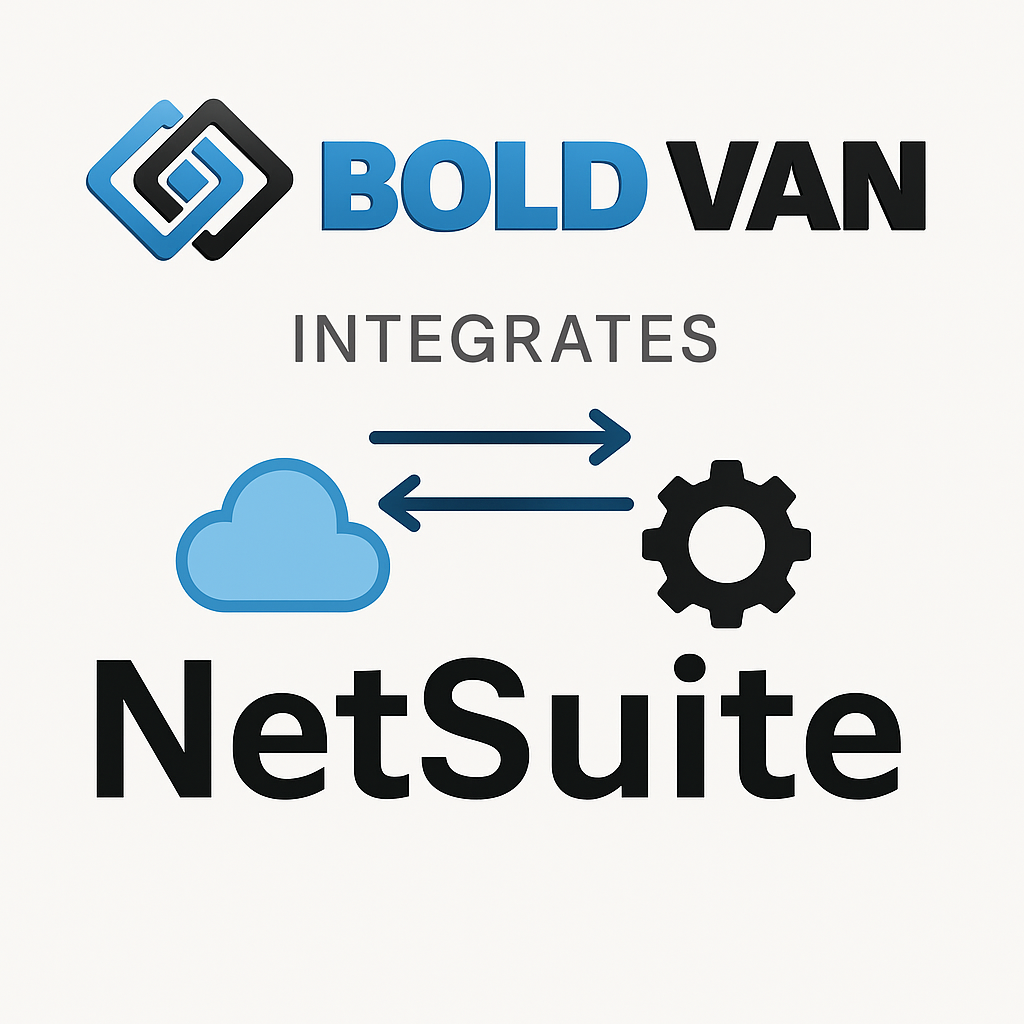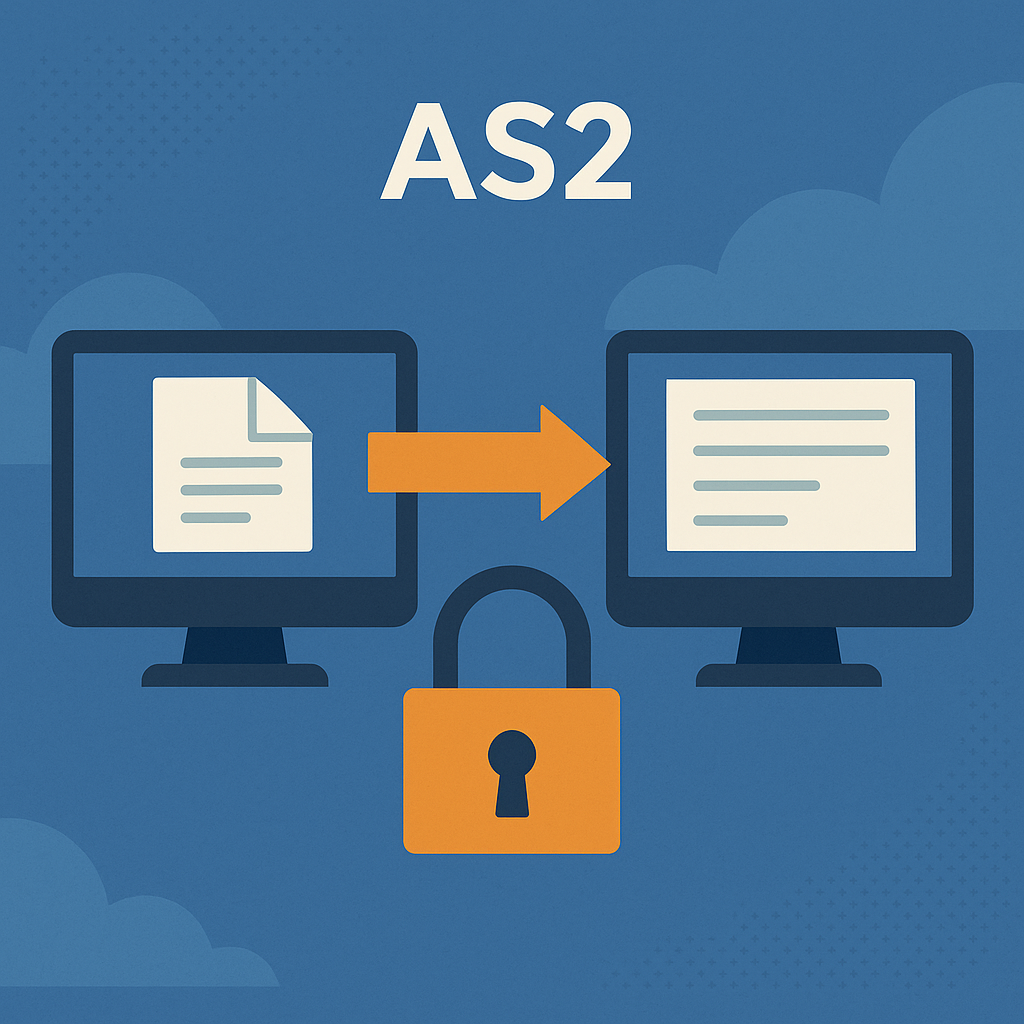
For us in manufacturing, successfully navigating EDI integration with Microsoft Dynamics can mean the difference between constant process friction and true operational agility. The stakes feel even higher for cost-conscious CFOs and IT directors who have seen how migration mishaps, hidden expenses, or missed compliance issues can derail projects and overwhelm teams. Let’s cut through the noise, draw on direct industry experience, and get specific about how to streamline web EDI workflows with Microsoft Dynamics, optimizing value while reducing disruption to a minimum.
We all recognize the pressure: large retailers, distributors, or automotive partners are mandating EDI compliance, while our internal resources are stretched thin. It’s crucial to go beyond just meeting minimum requirements. By building a mature, web-based EDI process connected directly to Microsoft Dynamics, you don’t just check a box; you remove slow, manual work, reduce every error rate, and create room for growth.
Manual keying, duplicate entries, and delayed communication don’t only cost employee hours; they cause costly chargebacks, compliance headaches, and can even jeopardize key customer relationships. We’ve seen organizations reduce EDI-related expenses by over 50% after making the shift to a streamlined, integrated solution. That’s real margin back to the business, and it’s not theoretical. With the right setup, savings aren’t one-off; they last as you scale.

We naturally worry about spreadsheet mishaps, copy-paste mistakes, or slow approvals clogging up our order-to-cash cycles. Integrating web EDI and Microsoft Dynamics takes human error and delay out of the equation. Purchase orders, ASNs, and invoices sync directly—no hands or eyes needed between receipt and approval.
Time-to-fulfillment and time-to-payment are both transformed. Because transactional data flows straight into Dynamics, orders process in minutes not days. For many manufacturers, that means faster inventory turnover, shorter DSO (days sales outstanding), and better negotiating position with both suppliers and customers.
Instead of asking sales or operations to dig through emails or PDF manifests, all your critical EDI business documents—including acknowledgments, shipping notices, and changes—sit right in Dynamics. Monitor real-time status, identify issues before they escalate, and keep your team out of the dark. Linking EDI data to core business reporting tools, such as Power BI, puts actionable insights in the hands of decision-makers fast.
One big risk for manufacturers is getting locked into brittle, one-off EDI integrations that don’t hold up as buyer requirements shift. Proper web EDI with Dynamics lets you add new partners, document types, or protocol standards (AS2, X12, FTP, HTTP, and more) with minimal IT lift. This matters whether you’re onboarding new retailers or branching into international markets.
We see manufacturers lean towards two main models:
Because the EDI platform manages document mapping and trading partner nuance, your Microsoft Dynamics setup stays clean and focused solely on transaction processing and data governance. The EDI VAN handles relationship complexity, security, and trading partner communication. This is all managed away from your ERP’s core, greatly lowering risk and project complexity.
For many teams, the real hurdle isn’t the "what" but the "how." Nobody wants to disrupt daily operations or risk service interruptions. Here’s our practical recipe for smooth migration:
We know the sting of missed compliance or data corruption. End-to-end validation (such as automated checks for purchase order totals, duplicate invoices, or mismatched trading partner IDs) is critical. Modern web EDI solutions offer detailed logging, error reporting, and tailored audit trails—protecting your business and satisfying regulators.
For CFOs justifying the shift, results stack up quickly:
For more on how to approach EDI onboarding and partner integration, our team has shared insights in our EDI onboarding best practices guide.

As you move forward, bring this checklist to every discussion:
Modern, web-based EDI integration with Microsoft Dynamics is not a leap into the unknown. When done with a partner who handles both technical complexity and the human side of change, you get rapid, secure migration and new-found operational resilience, without service interruptions or cost surprises. The real story isn’t about technology for its own sake, but about freeing your finance and IT teams to focus on what matters most: growth, compliance, and reliability.
If you’re exploring how to reduce EDI spend, ensure a zero-stress migration, or seeking clear answers on partner onboarding, our team at BOLD VAN is ready to support you with the practical details you need.

Integrating web-based EDI with Microsoft Dynamics streamlines processes, reduces manual errors, and cuts costs; delivering faster order processing and improved supply chain visibility.

In 2025, integrating EDI with NetSuite is a strategic necessity that streamlines the order-to-cash process for distributors through automation, API-driven connectivity, and SuiteScript, reducing errors, improving compliance, and accelerating settlement times. The blog details best practices for zero-downtime migration, seamless partner onboarding, and transparent pricing, empowering distribution teams to scale efficiently while maintaining audit readiness and cost control.

This blog breaks down the essentials of EDI VAN security, focusing on robust encryption (in-transit and at-rest), AS2 messaging for direct, predictable cost transactions, and comprehensive audit trails for compliance and real-world risk management. It also emphasizes strong authentication, flexible protocol support, and transparent pricing to streamline migration and safeguard supply chain operations without surprise fees.